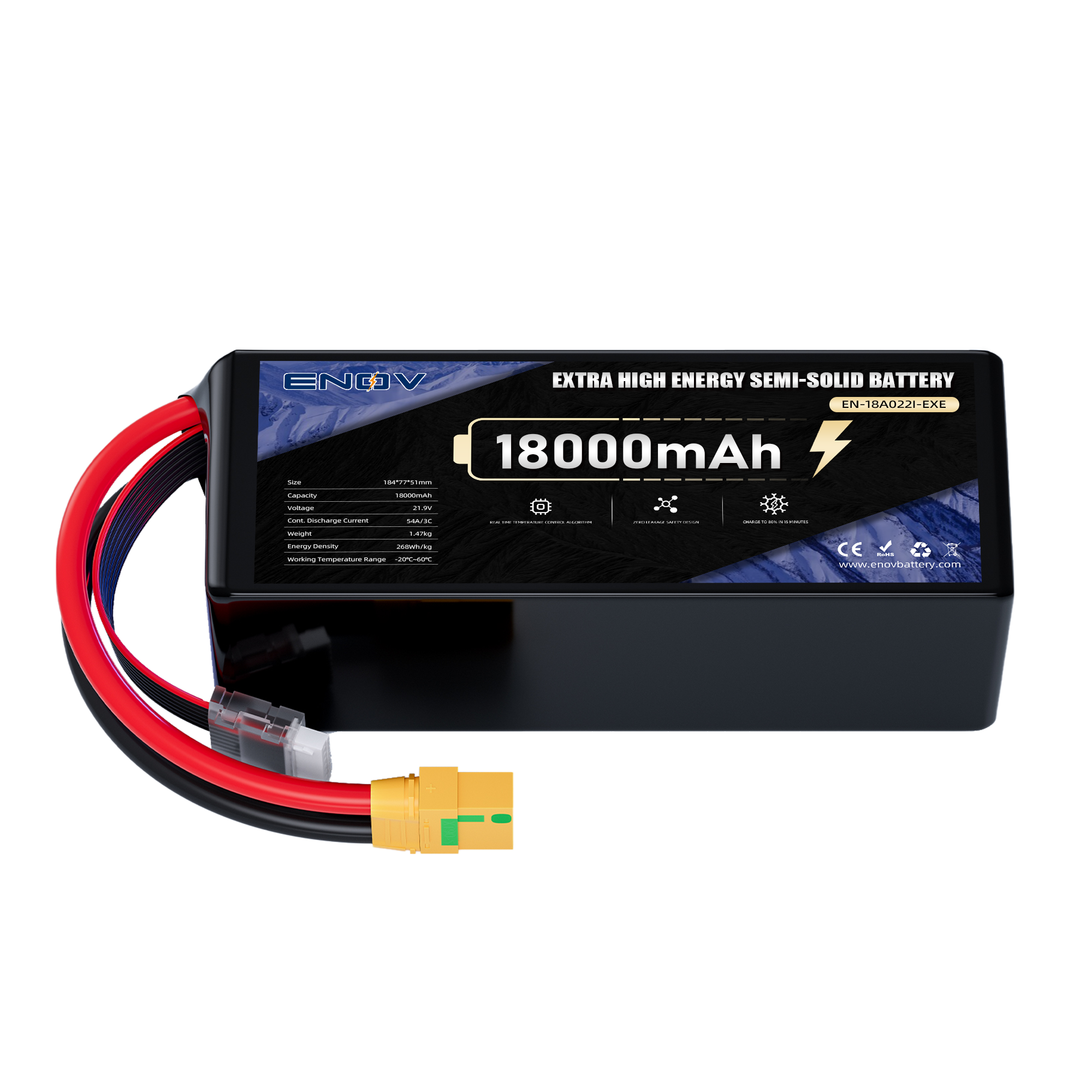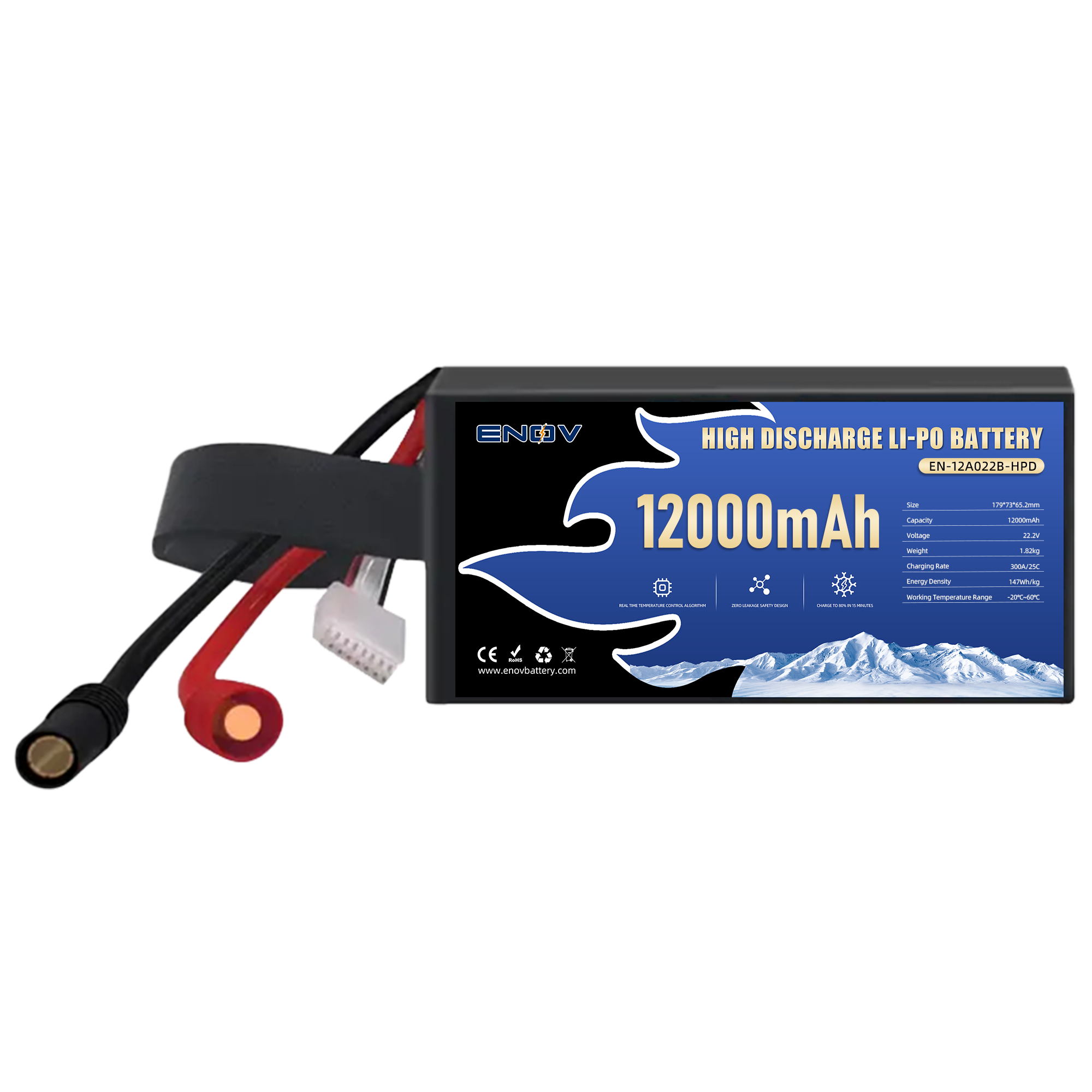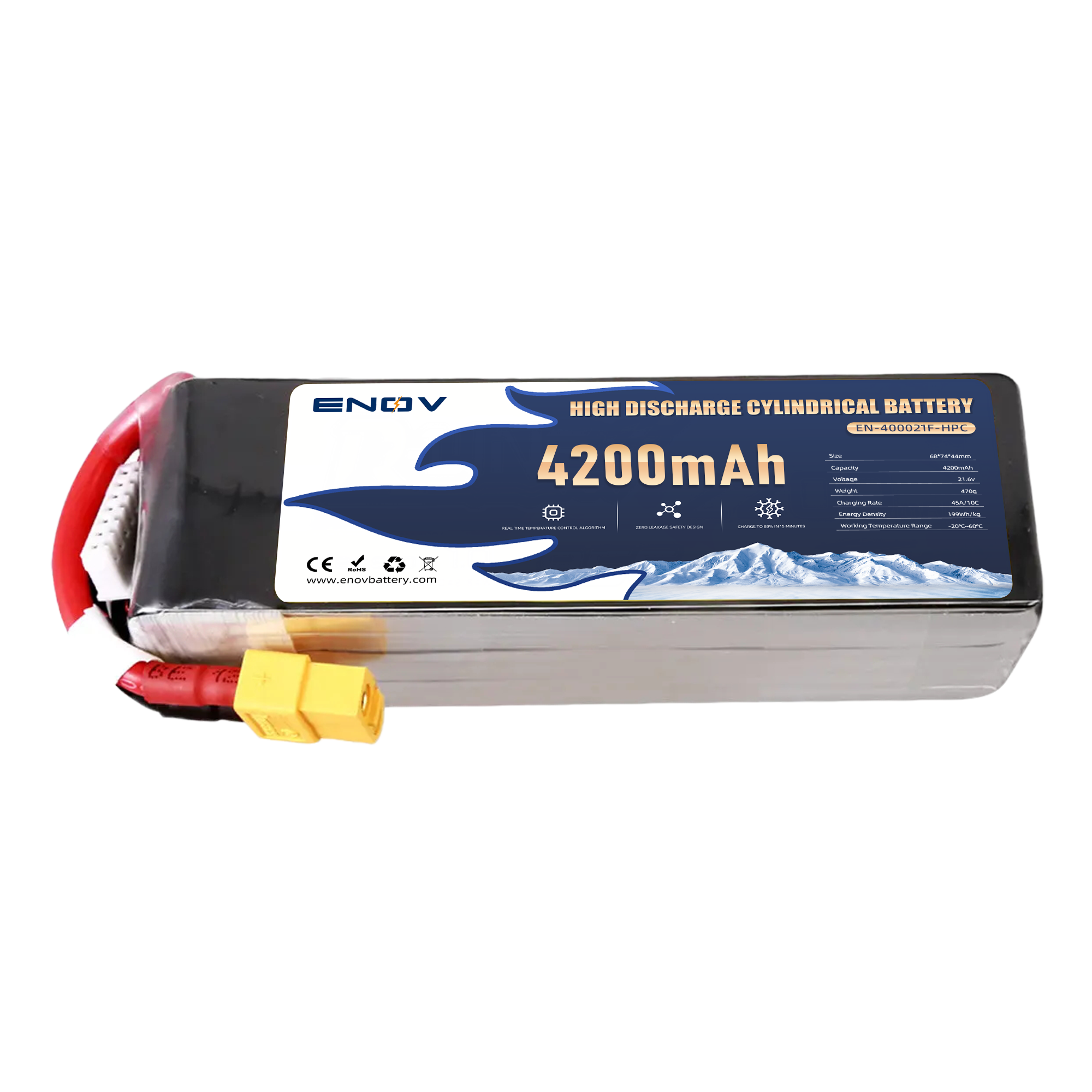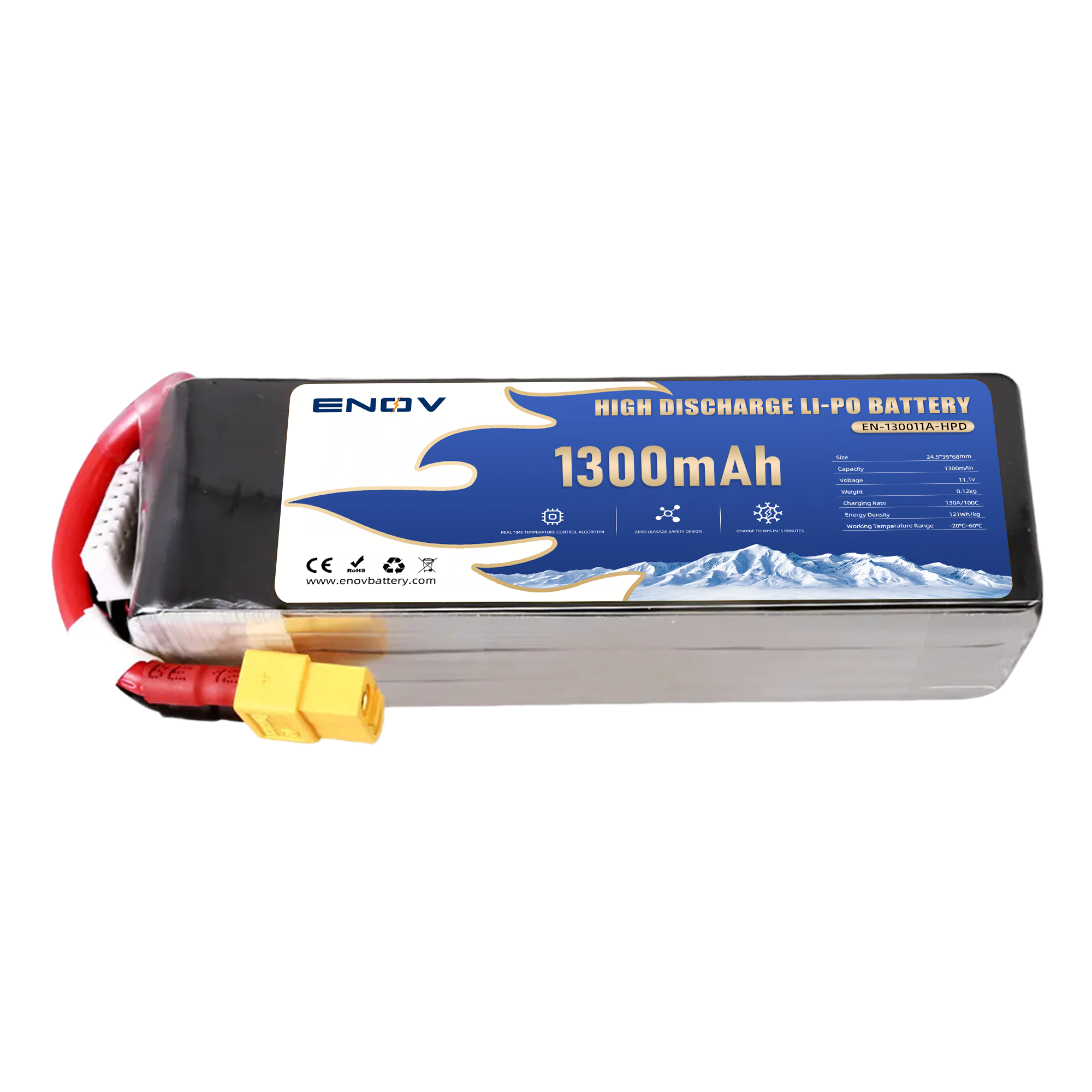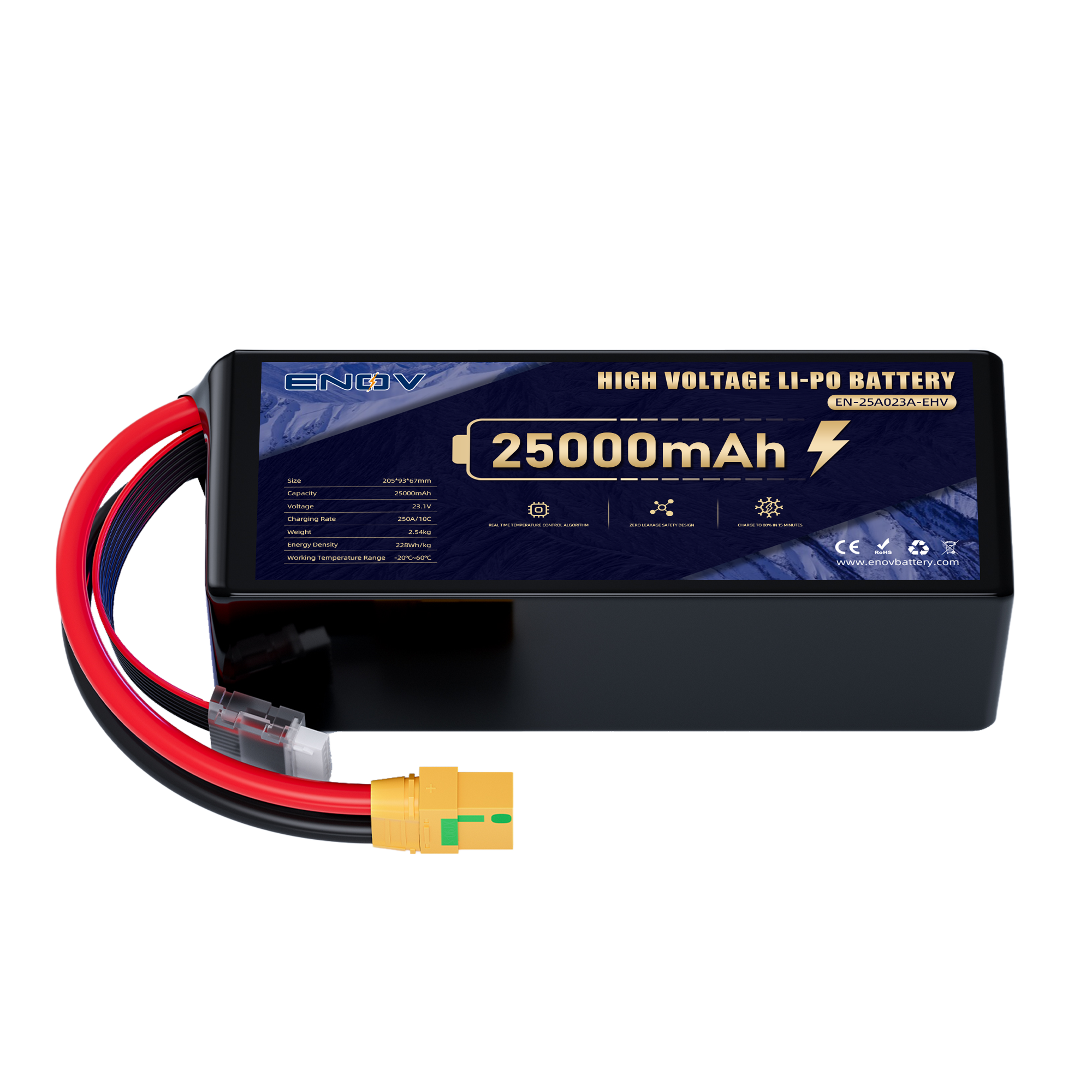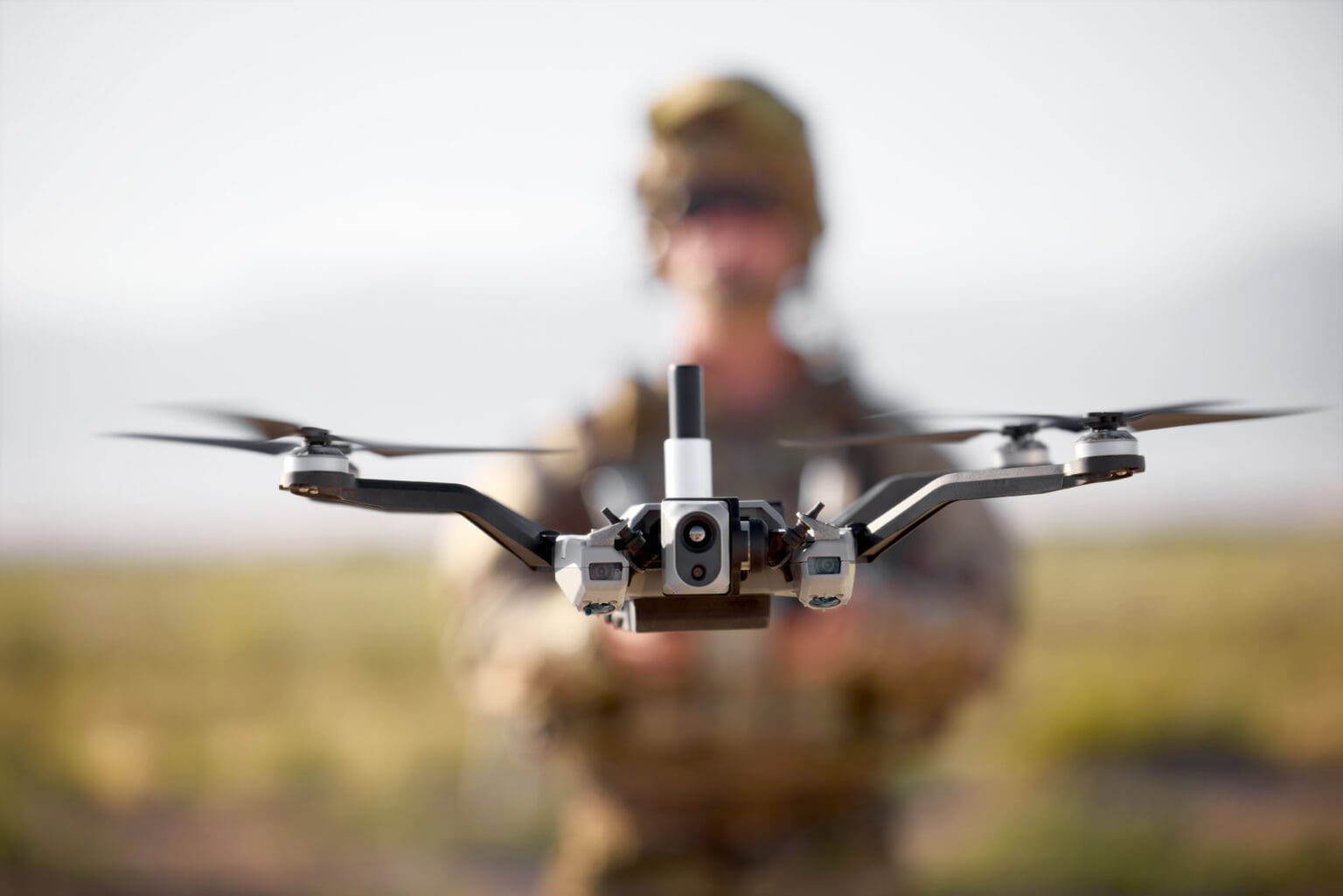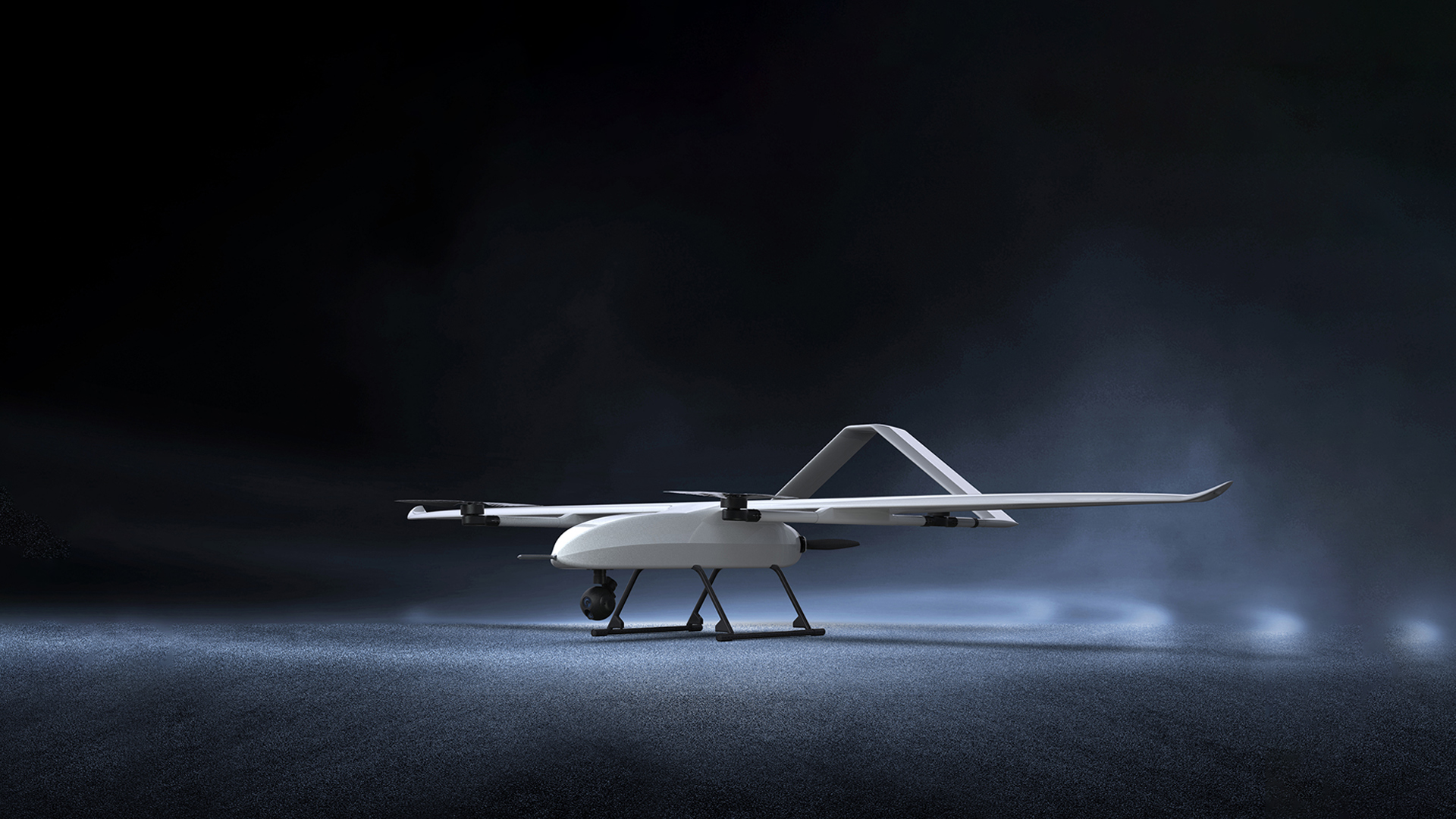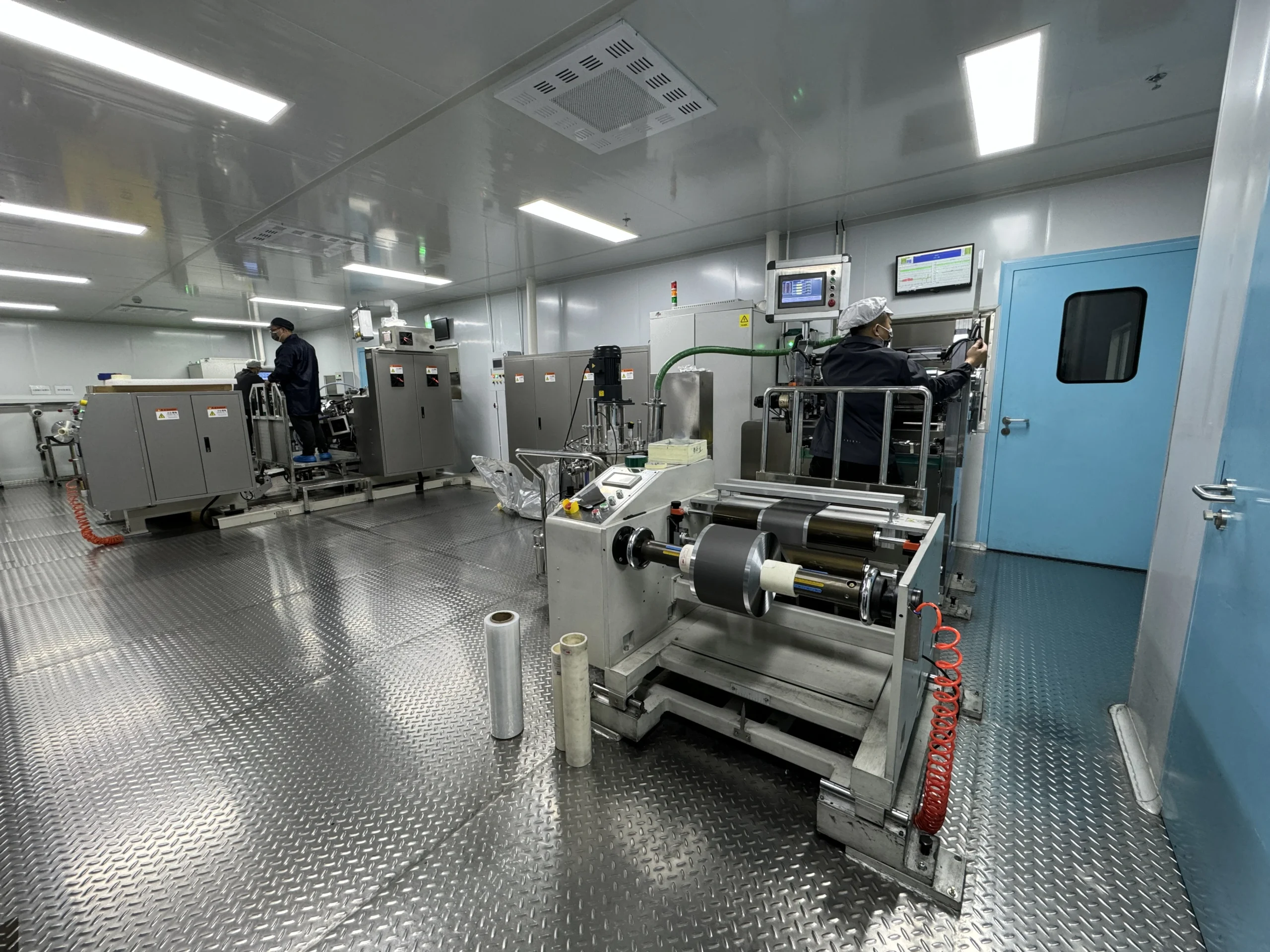Self-Healing Polymer Encapsulants
Self-healing polymer encapsulants are pioneering materials engineered to autonomously repair physical damage, ensuring prolonged structural integrity and operational reliability in demanding environments.
By integrating dynamic chemical bonds or embedded healing agents, these polymers enable smart systems—such as drone batteries, aerospace components, and industrial coatings—to recover from cracks, abrasions, or thermal stress without human intervention. This article delves into their mechanisms, applications, and transformative advantages for modern technology.
thrust
1. Mechanisms of Autonomous Repair
Self-healing polymer encapsulants operate through two primary strategies: extrinsic and intrinsic healing. Extrinsic systems rely on microcapsules or vascular networks embedded within the polymer matrix.
When damage occurs, these containers rupture, releasing reactive agents like monomers or catalysts that polymerize to seal cracks. For instance, epoxy-based encapsulants use dicyclopentadiene (DCPD) microcapsules, which react with catalysts to form robust repairs within minutes.
Intrinsic systems, however, leverage reversible dynamic bonds such as hydrogen bonds, disulfide linkages, or boroxine networks.
These bonds break under stress but spontaneously re-form, enabling repeated healing cycles. A notable example is polyurethane encapsulants with imine bonds, which restore conductivity in drone batteries even after repeated mechanical fractures. Such versatility makes intrinsic polymers ideal for applications requiring multiple repair cycles.
2. Applications in Extreme Environments
The ability of self-healing encapsulants to withstand harsh conditions has expanded their use across industries. In drone batteries, elastomers embedded with phase-change materials (PCMs) like paraffin wax absorb heat during high-current discharges, preventing thermal runaway. Simultaneously, microcapsule-based encapsulants repair ice-induced cracks in sub-zero temperatures, extending battery lifespan by over 30%.
For aerospace components, carbon-fiber-reinforced polymers infused with vascular networks release healing agents upon impact, maintaining structural integrity during high-altitude missions. Similarly, self-healing coatings on aircraft wings prevent corrosion by sealing micro-cracks caused by UV exposure or debris. These innovations reduce maintenance costs and enhance safety in mission-critical systems.
3. Advantages Over Traditional Materials
Self-healing polymers offer three transformative benefits:
1. Extended Lifespan: By autonomously repairing damage, these materials reduce replacement frequency. For example, drone battery casings with self-healing elastomers last 2–3 times longer than conventional alternatives.
2. Reduced Downtime: Systems no longer require manual inspection or repair, ideal for remote or hazardous environments like offshore wind turbines.
3. Sustainability: Minimizing material waste aligns with circular economy goals. Mycelium-based biodegradable encapsulants, for instance, decompose naturally while providing shock absorption.
4. Future Trends and Innovations
Emerging technologies are pushing the boundaries of self-healing encapsulants. AI-driven polymer design accelerates the discovery of ultra-resilient formulations, such as graphene-hybrid encapsulants that heal within seconds at room temperature. Additionally, 4D-printed polymers with shape-memory capabilities are being tested for adaptive drone components that reshape after deformation.
Research into bio-inspired materials—like mussel-adhesive proteins—promises encapsulants that heal underwater, opening doors for marine robotics. Meanwhile, thermoresponsive polymers that activate healing at specific temperatures are gaining traction in medical device coatings.
Conclusion
From safeguarding drone batteries to revolutionizing aerospace durability, self-healing polymer encapsulants are redefining material science. Their ability to autonomously repair damage ensures smarter, safer, and more sustainable operations across industries. As innovations in dynamic chemistry and AI-driven design advance, these materials will unlock unprecedented reliability for next-generation technologies.
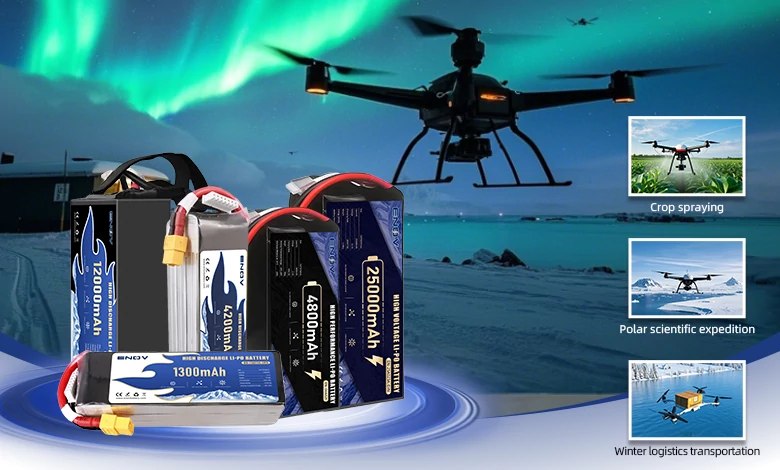
UAV DRONE battery
Enov UAV battery has the most advanced UAV battery new technology, it has a lightweight structural design, ultra-high energy density, stable continuous discharge, customized ultra-high instantaneous discharge, wide temperature working range, stable charge and discharge, battery materials can choose high nickel terpolymer positive/silicon carbon negative material system combined with semi-solid battery technology. Or choose a more mature application of more UAV lithium battery technology, available UAV battery nominal voltage 3.7V, capacity 18.0Ah ~ 30.0Ah, support 10C continuous discharge and 120C pulse discharge (3 seconds). With ultra-high energy density (220-300Wh/kg) as its core advantage, Enov UAV batteries can meet the needs of long-term endurance scenarios such as plant protection drones and transport drones, while maintaining stable emission performance in extremely low temperature environments (-40℃).
Other products
START-STOP LITHIUM BATTERY
LITHIUM ENERGY STORAGE BATTERY
QUICK INQUIRY
FAQ
Access to high frequency technical questions with one click, get accurate answers on product application, after-sales policy and customization process.
Service and Support
Get the latest product specifications, explore professional OEM/ODM customization services, click to open exclusive technical support and production solutions.
Become a Partner
We sincerely invite resources to interconnect, work together for win-win development, and immediately open a new chapter of strategic cooperation!
